
Beer Types Or Styles
At the risk of offending people who are more knowledgeable than I, I am going to attempt to subdivide beers into the various categories that I have come across and provide a brief description of each type.
In my experience, if someone says: “Let’s go for a beer…” they could mean an ale-type beer or a lager.
Ales and lagers are made with the same general ingredients: water, malted barley, yeast and hops. Generally the difference between them comes down to the way they have been brewed and stored. Lagers tend to be brewed at lower temperatures using a bottom-fermenting yeast. Ales are brewed using higher temperatures (around 15 to 24oC) and ferment from the top down.
Lagers also used to be stored for longer than ales. In essence, the beer was “lagered” or cold conditioned during the fermentation process.
Lagers are usually served chilled whilst ales can be served at room temperature (although the more “hoppy” the ale the more it benefits from refrigeration in storage and when served.) Lagers are generally described by terms such as “clean” and “crisp” ales by terms such as “sweet” “full bodied” and “fruity.”
Ale Type Beers
Barley Wine
A strong beer (typically around 11 to 12% ABV). It is believed to be one of the oldest styles of beer dating back to around the 15th century. Although called a “wine” because of the alcohol content it is brewed from grain rather than grapes, making it a beer. Some commentators argue that barley wine is not a beer style as such. It is simply a beer with a high specific gravity (or relative density compared to water) and a high alcohol by volume (ABV) content.
Berliner Weisse
A cloudy sour wheat beer from northern Germany which, although now titled “Berliner Weisse” was probably originally brewed in Hamburg in the 16th century. A Weisse bier generally is a low ABV sessionable beer at around 2 to 5% ABV made from pale malted barley and wheat. The beer is pale in colour with little hop presence but a sour acidic taste.
Bitter
A type of pale ale (see “Pale Ale” below) that has a slightly more hoppy flavour. The term is thought to originate with customers designating pale ales as more or less bitter thereby creating their own sub-categories within the pale ale family. Today, bitters often have a darker colour to pale ales as slightly darker malts are often used to give a fuller flavour.
Double (or Imperial) IPA
An IPA type beer (see “IPA” below) but usually with more hops and malts. Generally has an ABV content of at least 8% and a much more intense flavour than an standard IPA.
Gose
A sour beer generally thought to have originated from Goslar, Germany. The flavour divides opinion. You either like it or hate it, there seems to be no middle ground. I can drink them though I am not a big fan. A Gose beer is one of the few beers that my Uncle has poured down the sink.
Geueze (also spelt Geuze)
A type of lambic, or spontaneously fermented beer. It is made by blending by young (1-year-old) and old (2- to 3-year-old) lambic beers which, once blended, are rebottled. Because the young lambics are not fully fermented, the blended beer undergoes a second fermentation. Geueze has a dry, cider-like musty flavour.
Hefeweizen (also called Weizenbier)
A German beer brewed with a high proportion of wheat relative to the amount of malted barley in the mix. Specialised strains of yeast are used which give the beer notes of banana and clove.
Imperial Stout
A high-strength dark beer originally brewed in Britain, in the 18th century, and exported to Russia – specifically the Imperial Court of Russia. Ordinary stouts tended to deteriorate on the voyage. An Imperial Stout, with its greater alcohol and hop content, stood up to the rigours of the journey better than ordinary stouts. They also tended to have a darker colour, a thicker texture and more intense flavours than ordinary stouts. Imperial stouts are typically from 9% ABV to around 12% ABV.
India Pale Ale (IPA)
A pale ale of the 18th century was a lightly hopped beer brewed with pale malt but it didn’t survive export well. IPAs were formulated to survive the long voyage to India by being better fermented and more highly hopped that pale ales intended for the British market. These days an IPA is regarded as a more highly hopped beer for reasons of aroma and flavour rather than for preservation.
Imperial Pale Ale
See Double IPA
Kriek Lambic
Closely related to Gueuze. A Lambic that undergoes second fermentation with sour Morello cherries before bottling.
Lambic
A type of beer brewed in Brussels and in the Pajottenland region of Belgium (to the south-west of Brussels). It is spontaneously fermented using wild yeasts and bacteria rather than brewer’s yeast. Gueuze and Kriek Lambic are types of Lambic beer.
Mild
A beer made with dark malts giving it a darker colour than a pale ale but which uses fewer hops resulting in a less bitter flavour. Milds typically have an ABV in the 3 to 3.5% range. Mild is thought to be one of the oldest beer styles
Pale Ale
A style of beer that is brewed with predominantly pale malts which result is a blond/amber colour. Pale ales typically have an ABV of around 4 to 5%.
Porter
A dark beer developed in London and made from brown malt. The name “porter” is thought to originate with the street and river porters who were common features of 18th century London. Porter was aged at the brewery and sent out in a condition to be drunk immediately. Porters typically are around 5 to 6% ABV.
Saison
A dry, bitter beer with a pronounced yeast flavour and notes of spices. Saison was brewed in the winter to be drunk, with food, by farmhands in the spring and summer months so it was a low ABV beer of around 3.5 to 4%. It was brewed with local ingredients in the agricultural heartlands of Belgium and France. The British equivalent would have been the Pale Ale.
Modern Saisons are typically of higher ABV being around 4.5 to 6% than farmhouse Saisons.
Session Beers
Any beer of a low ABV content (typically around 3 to 4%) which are highly drinkable that can be drunk over an extended period of time (3 to 4 hours) without the drinker ending the session entirely legless.
Witbier (Wheat beer)
The traditional German wheat beer (or white beer) is a cloudy beer made by mixing at least 50% wheat to malted barley to create a light coloured beer.
Belgian wheat beer is often made with unmalted wheat which makes the beer lighter in colour than German wheat beer. Flavourings like coriander and fruit peel may also be added to the recipe.
Other wheat beer styles include Berliner Weisse, Gose and Lambic beers.
The alternative name of “white beer” comes from the suspended Yeast and wheat proteins which make the beer hazy or white when chilled.
Lagers
Bock
Originally a dark, malty, lightly hopped beer though, these days, it can range from light copper to brown in colour. Bock is stronger than Helles or Pilsner at around 6 to 7% ABV.
Doppelbock
A stronger style of Bock beer – typically from 6 to 8% though 12% ABV is not unheard of.
Dunkel (dark)
A dark lager ranging in colour from amber to dark brown, often with a malty flavour. Generally Dunkels are no more than 5 to 5.5% ABV.
Helles (pale)
A light lager, generally less hoppy than a Pilsner. A Helles lager is generally filtered, with low bitterness and a mildly sweet flavour. They are around 4.5 to 5% ABV
Pilsner
A more heavily hopped pale golden coloured lager typically around 4.5 to 5% ABV

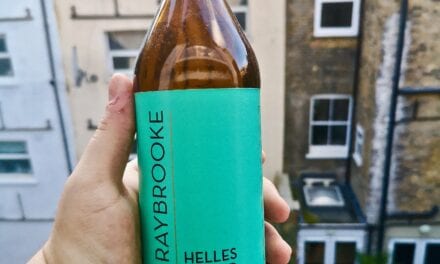
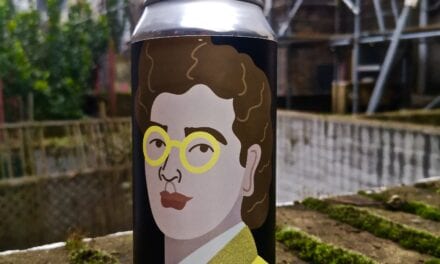
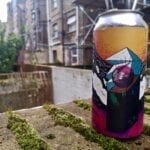
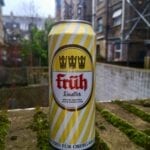
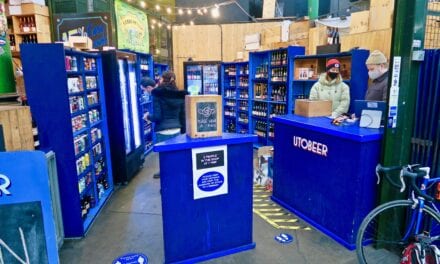




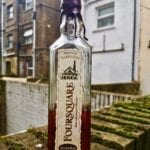

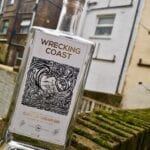

Recent Comments